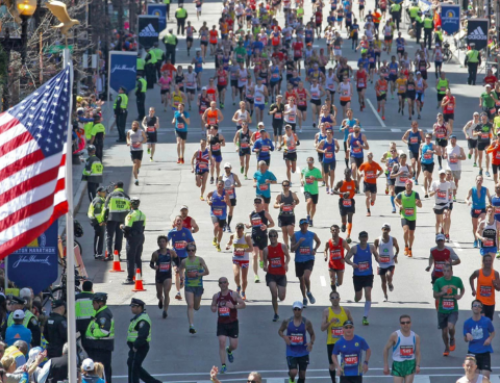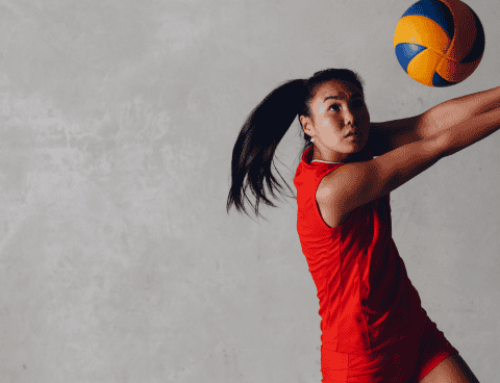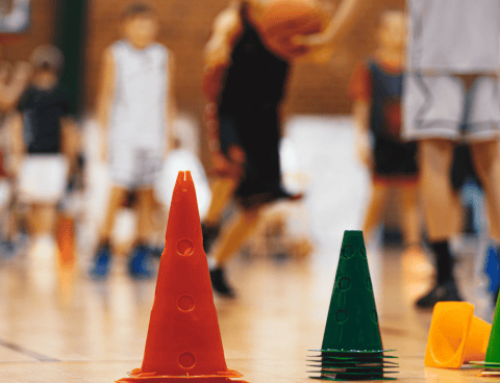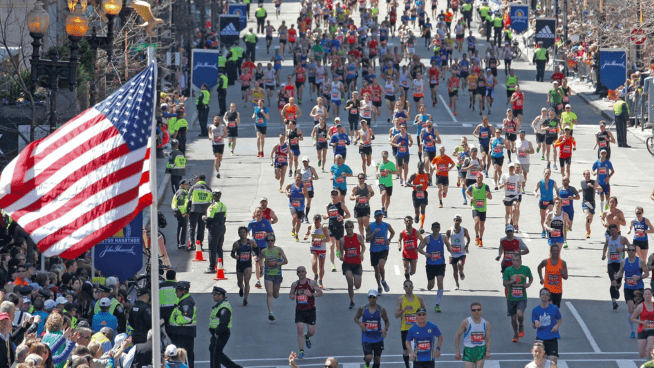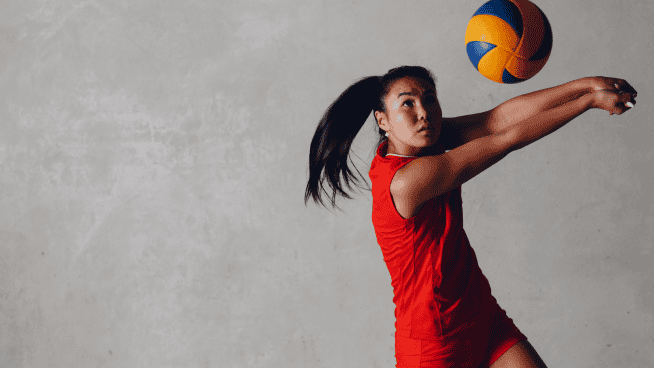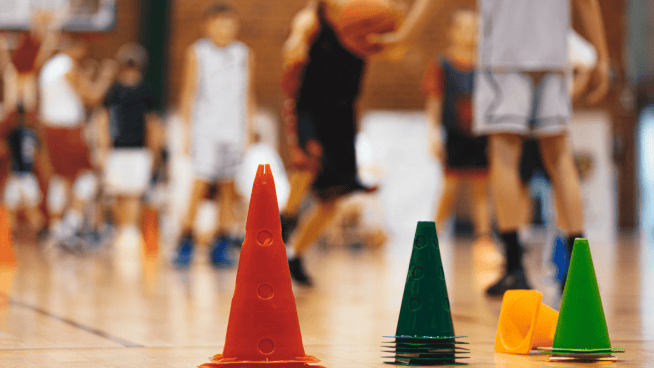Sochi Athletes Speak: Billy Demong, U.S. Nordic Skier
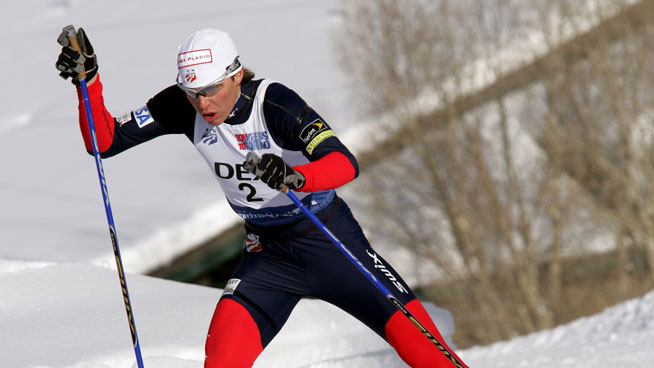
Photo: AP
If you pass him on the street, you might not recognize him, but Nordic skier Billy Demong has been a regular on the U.S. Olympic Team since the 1998 Games in Nagano, Japan. He came home from the Vancouver Games in 2010 with two medals, including gold in the 10K individual large hill event—the first gold medal ever by an American in a Nordic event.
As Demong enters his fifth (and likely his last) Olympic games, we caught up with him to discuss training, nutrition and what has driven him to keep competing for such a long time.
STACK: How did you get into Nordic skiing?
Demong: I got into cross-country racing at six years old with a pretty strong group of kids. The coach from the ski jumps actually came to our cross-country practice and showed us a highlight video—everything from kids our age jumping to world cup competitors. We basically spent all summer dreaming of doing it. Our parents gave in and signed us up. We started doing it when I was nine and the whole group was between seven and 11.
Many people probably aren’t familiar with the sport. What’s it like?
Demong: What we do for our format is we take one jump on one of the hills at the Olympics, whether it’s the smaller K90 meter or the larger K120 meter. An hour or two after the jumping we start a race, and it’s a 10-kilometer cross-country race. It’s a pursuit format, where the winner of the jumping starts first and for each meter you jump shorter than the winner you have a time penalty. The first person to cross the line wins the overall event. What’s exciting is that there are people who are more talented jumping or better at cross-country. It’s a question of not only who’s the strongest cross-country skier or jumper, but also of tactics. The best ski jumpers may not be the fastest racer for 10k—but they may be one of the best sprinters—so if they can hang on when the better skier catches them, they may be able to out sprint them.
What’s your diet like as you approach the games?
Demong: Well when we’re training, because we burn so many calories, it’s almost whatever I can get my hands on. Now as an older athlete, a lot of what I want is what I need, so I tend to eat fairly healthy. [I aim for] a good range of foods, enough to satisfy like a 5,000 calorie-per day need. As we get closer to competition, the calorie need goes down but I tend to shift to foods that don’t have a ton of fiber, like rice and potatoes. This is short-term, this isn’t like all the time. So I actually back off of a lot of really heavy foods and go for more calorie dense [food].
So more nuts and avocados, for example?
Demong: Exactly. That’s the kind of fairly easily digested [food] that I don’t have to sit down and eat a ton of at once. I tend to snack often. Generally, on competition days one of our team rituals is at breakfast we just fill Tupperwares full of sandwiches and snacks and then we just sort of eat all day.
These will be your fifth Olympic games. How has your training evolved?
Demong: We definitely train [as athletes] instead of training as Nordic combined skiers. When I was young, it would be “oh let’s go ski for an hour and then go jump” or vice versa, and we’d lift weights ’cause that’s what other guys do. Now, after looking at other sports like cycling, running, track and field, talking to their coaches, talking to sports scientists and saying, we know that if we do more cross-country training, we will get faster. But if we jump more, it doesn’t necessarily mean we jump further. So we started by saying we need to be more like cross-country skiers that jumpers. A large part of the training schedule is prioritized around what it takes to be fast. As the sport has evolved to be tighter and tighter, being fast is more important.
Then we looked at jumping and realized that taking 500 jumps isn’t necessarily better than 400. We learned what we needed to do in the weight room. We learned that technique is really what we’re after. We’ve built a training apparatus that simulates ski jumping—you can do 50 reps in the gym in 20 minutes, so you can hone those skills much more quickly. You can sit there and get an instant replay of what you’ve just done and do it ten times. You’re basically just trying to program yourself.
What drives you to keep competing?
Demong: The decision to continue after Vancouver came pretty quickly. I’m not one to be like, “oh lets take it one year at a time.” It was really like two weeks after the Vancouver Games, saying I’m either done and the skis are going on the wall, or I’m here four years from now. The two things that influenced my decision were a desire to enjoy the fact that we’d gotten this good and to be able to pass the torch successfully. [When] you work for well over a decade to do something, you want to make sure that it’s not just a one-time thing. We have some talented guys coming up, but there needs to be a passing of the baton.
RECOMMENDED FOR YOU
MOST POPULAR
Sochi Athletes Speak: Billy Demong, U.S. Nordic Skier

Photo: AP
If you pass him on the street, you might not recognize him, but Nordic skier Billy Demong has been a regular on the U.S. Olympic Team since the 1998 Games in Nagano, Japan. He came home from the Vancouver Games in 2010 with two medals, including gold in the 10K individual large hill event—the first gold medal ever by an American in a Nordic event.
As Demong enters his fifth (and likely his last) Olympic games, we caught up with him to discuss training, nutrition and what has driven him to keep competing for such a long time.
STACK: How did you get into Nordic skiing?
Demong: I got into cross-country racing at six years old with a pretty strong group of kids. The coach from the ski jumps actually came to our cross-country practice and showed us a highlight video—everything from kids our age jumping to world cup competitors. We basically spent all summer dreaming of doing it. Our parents gave in and signed us up. We started doing it when I was nine and the whole group was between seven and 11.
Many people probably aren’t familiar with the sport. What’s it like?
Demong: What we do for our format is we take one jump on one of the hills at the Olympics, whether it’s the smaller K90 meter or the larger K120 meter. An hour or two after the jumping we start a race, and it’s a 10-kilometer cross-country race. It’s a pursuit format, where the winner of the jumping starts first and for each meter you jump shorter than the winner you have a time penalty. The first person to cross the line wins the overall event. What’s exciting is that there are people who are more talented jumping or better at cross-country. It’s a question of not only who’s the strongest cross-country skier or jumper, but also of tactics. The best ski jumpers may not be the fastest racer for 10k—but they may be one of the best sprinters—so if they can hang on when the better skier catches them, they may be able to out sprint them.
What’s your diet like as you approach the games?
Demong: Well when we’re training, because we burn so many calories, it’s almost whatever I can get my hands on. Now as an older athlete, a lot of what I want is what I need, so I tend to eat fairly healthy. [I aim for] a good range of foods, enough to satisfy like a 5,000 calorie-per day need. As we get closer to competition, the calorie need goes down but I tend to shift to foods that don’t have a ton of fiber, like rice and potatoes. This is short-term, this isn’t like all the time. So I actually back off of a lot of really heavy foods and go for more calorie dense [food].
So more nuts and avocados, for example?
Demong: Exactly. That’s the kind of fairly easily digested [food] that I don’t have to sit down and eat a ton of at once. I tend to snack often. Generally, on competition days one of our team rituals is at breakfast we just fill Tupperwares full of sandwiches and snacks and then we just sort of eat all day.
These will be your fifth Olympic games. How has your training evolved?
Demong: We definitely train [as athletes] instead of training as Nordic combined skiers. When I was young, it would be “oh let’s go ski for an hour and then go jump” or vice versa, and we’d lift weights ’cause that’s what other guys do. Now, after looking at other sports like cycling, running, track and field, talking to their coaches, talking to sports scientists and saying, we know that if we do more cross-country training, we will get faster. But if we jump more, it doesn’t necessarily mean we jump further. So we started by saying we need to be more like cross-country skiers that jumpers. A large part of the training schedule is prioritized around what it takes to be fast. As the sport has evolved to be tighter and tighter, being fast is more important.
Then we looked at jumping and realized that taking 500 jumps isn’t necessarily better than 400. We learned what we needed to do in the weight room. We learned that technique is really what we’re after. We’ve built a training apparatus that simulates ski jumping—you can do 50 reps in the gym in 20 minutes, so you can hone those skills much more quickly. You can sit there and get an instant replay of what you’ve just done and do it ten times. You’re basically just trying to program yourself.
What drives you to keep competing?
Demong: The decision to continue after Vancouver came pretty quickly. I’m not one to be like, “oh lets take it one year at a time.” It was really like two weeks after the Vancouver Games, saying I’m either done and the skis are going on the wall, or I’m here four years from now. The two things that influenced my decision were a desire to enjoy the fact that we’d gotten this good and to be able to pass the torch successfully. [When] you work for well over a decade to do something, you want to make sure that it’s not just a one-time thing. We have some talented guys coming up, but there needs to be a passing of the baton.

